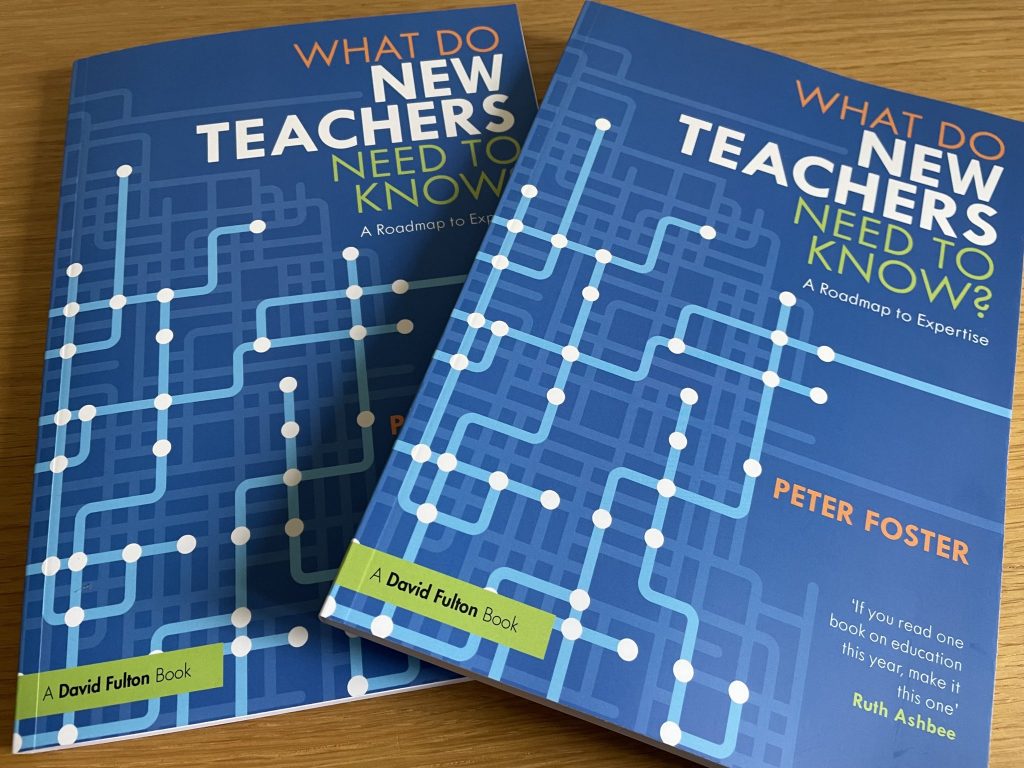Well over two years ago, I resolved to write a blog post every single week. So far, I have managed to do so. One of the many ways that this has been possible is that I forgive myself when the writing and/or the idea I come up with in one particular week is not exactly going to set the world on fire. If I am going to achieve the goal of writing something every week, I need to accept that not every single post is going to be a work of art. I can’t even imagine the pressure of coming up with a weekly Op Ed for a respected newspaper or journal. Indeed, the only paid writing gig I ever managed briefly was fortnightly and even that was one that I had to resign from after a while; the expectation to produce a well-researched, top-quality piece of writing on a topic of interest that was relevant to the right readers was something I simply couldn’t cope with. And by the way, the going rate for writing of this sort is utterly dismal – well below minimum wage if you calculate your earnings by the hour.
One of my earliest blog posts remains one of the ones that I am most fond of. It’s called “The one that got away” and was a reflection on the student that I remember with the most regret from my career at the chalkface. A student I felt I had failed. I’m a huge believer in the fact that one should acknowledge one’s failures and reflect on them. Too often we are encouraged not to even use the word “failure” but I think it’s important. All of us fail. It’s not a dirty word, it’s a part of a full life well-lived and an ambitious career. “Show me a man who has never made a mistake and I’ll show you one who has never tried anything” is a viral internet quote which – in various forms – has been attributed to pretty much everyone including Albert Einstein, Theodore Roosevelt and – my personal favourite – Joan Collins. Whoever said it (and today I truly cannot be bothered to try and find out who did so) was absolutely right.
My failures in tutoring have been few and far between. I say this not to boast about how great I am at what I do but rather to demonstrate how much easier and more powerful one-to-one tutoring is compared to classroom teaching. If you are an expert in your subject (by which I mean the academic content and the expectations of the relevant examinations), plus if you’re used to communicating with students of the age you’re trying to work with, tutoring is a breeze. One-to-one work is so phenomenally powerful that you really don’t need to be a genius at it for it to have a tangible impact. I like to think that I am good at what I do, but compared to the ambition of being a good classroom teacher, being a really good tutor is remarkably easy. Being a really good classroom teacher? Oh my goodness it’s hard. Like you wouldn’t believe. I cannot emphasise this enough. You wonder why teachers are leaving the profession in droves? I’ll give you a hint. It isn’t the salary.
Being good at what you do does not mean you will not fail sometimes. I keep a record of students who have discontinued (as opposed to those who have simply reached the end of their time with me because they have completed the course or finished their exams). There are not many, but given the sheer volume of students that I work with there are always going to be a few. This week I decided to reflect on each case and try to glean what – if anything – can be learned from them. It turns out, they all have one thing in common.
Generally speaking, the underlying reason why a student will discontinue working with me is that they remain reluctant to engage with the sessions. This is sometimes because the tutoring has been foisted on them, rather than something they have asked for themselves, or it’s sometimes when they realise that they will have to do some work during the sessions – a student may have asked for help, but the process is not going to work unless they are up for a challenge. I have worked with scores of students who are deeply reluctant to work independently outside of the sessions, and I always make it clear to the bill-payer that the impact of what I do will be limited when this is the case; yet so long as a student engages with the sessions during our one-to-one time together then it is still possible to have some kind of impact on them. By contrast, a student that really won’t engage with the learning process will not progress. It is often because they are afraid of failure and while I’m pretty experienced with helping a disaffected student to overcome this barrier, I accept that I simply cannot win them all.
So, what can I do to mitigate against such failures? After all, there is no point in reflecting on failure unless to improve. Well, something I have got better at is the early identification of students who are not responding well to the process. I would much rather get in touch with home and have this frank conversation than continue to take someone’s money when I believe that I am unlikely to have much of an impact on that student’s outcomes. Sometimes, that very frank conversation can jolt a student into realising that they have been resistant to the process and if they actually do wish to continue with the tutoring then it’s usually the catalyst towards engagement and progress – a turnaround in what might otherwise have been a failure. If the student does not want to keep working with me, it gives them the opportunity to say so, which is fine too.
Beyond that, another way in which I have tried to mitigate against the risk of failure is to specialise more and more in the areas I know best. I am a GCSE expert and now I am so much in demand then that’s what I offer. I work with students who are preparing for the GCSE or who have it in their sights and am no longer advertising myself as a tutor who works outside of this field: my expertise at working with that material and that age-range is the greatest and the more I am in my field of expertise, the more likely the process is to succeed. My advice would be to be wary of tutors who offer a bounteous range of subjects and/or levels: the best tutors hone their skills in one particular offering and become a genuine expert in what they do.
One of the things I tell my students is that mistakes are important. They inform me of their misunderstandings and misconceptions, so they’re a hugely important part of the tutoring process. Mistakes and failures make us better at what we do and we should embrace them and learn from them, not see them as a reflection on us as a person or a professional. It is not the failures that define us, but rather how we respond to them. Failures can make us more likely to succeed in the future.







